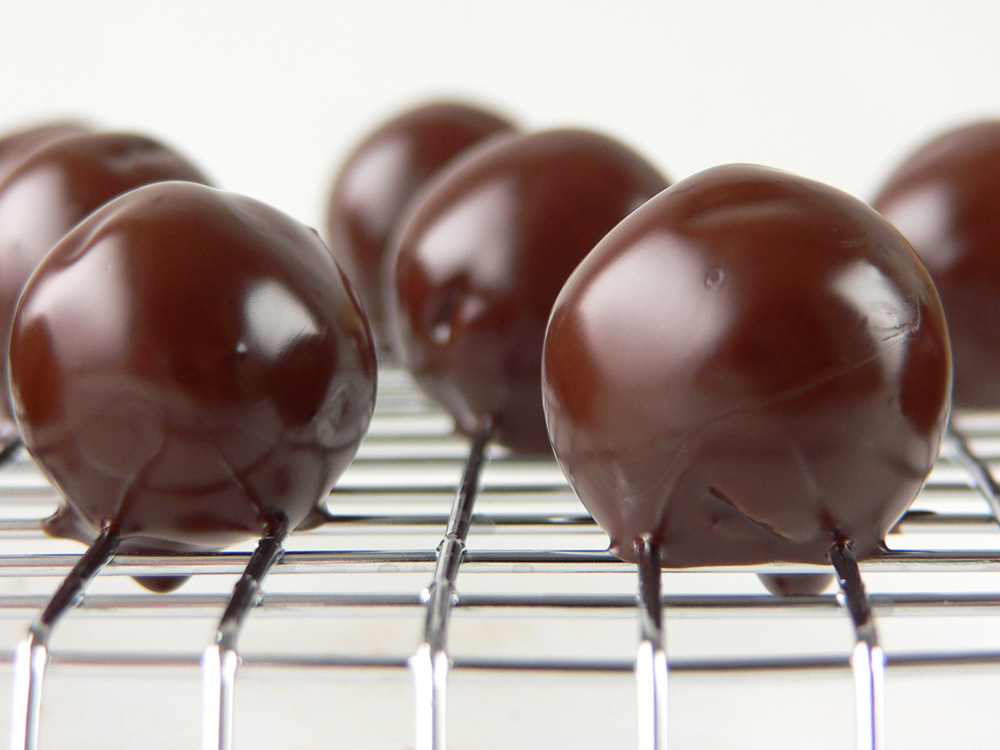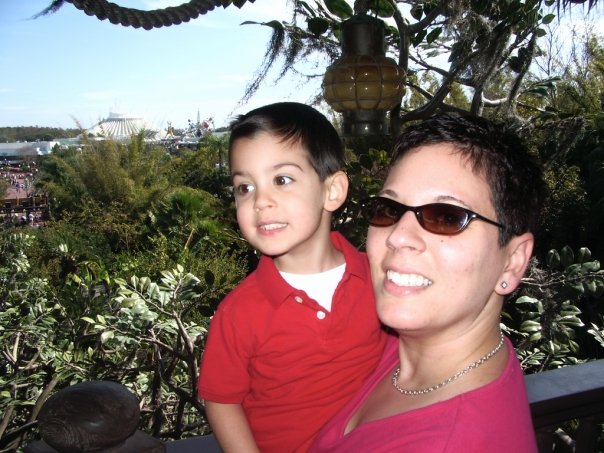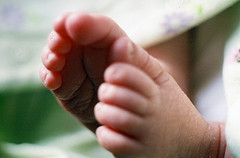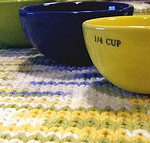Ah, the cookie exchange! What better way to multiply the variety of your holiday goodies. (You can always give the date bars to your great aunt Marge.)
The problem with this annual event is the math required to make five or six dozen cookies from a recipe that yields three dozen. That’s what I call “cookie exchange math.”
Never fear! You can handle this task without tossing your rolling pin through the kitchen window. Take a few deep breaths and think things through.
To double or triple a recipe is pretty simple — just multiply each ingredient measurement by the amount you want to increase the recipe by. But it’s also pretty darned easy to get confused, especially if there are fractions involved. (And there are always fractions involved.)
The trick is to look at each ingredient one at a time. Don’t be a hero! Use a pencil and paper if you need to. (Better yet, if you alter a recipe often enough, jot down the changes in the margin of your cookbook.) It’s also a good idea to collect all of your ingredients before you get started. That’ll save you from having to borrow an egg from your neighbor after your oven is preheated.
Each year, I bring cow cookies to my neighborhood cookie exchange. What are cow cookies, you ask? Just what they sound like: sugar cookies cut into the shape of a cow. The spots are made of melted chocolate. (They’re Holsteins, of course.) And around each of their little necks, I create little (icing) wreaths with red (icing) berries.
(Why do I make cow cookies? It’s a long story. But I’ve been these to holiday parties for more than 20 years now. Kids love ’em.)
The problem is that my cow-shaped cookie cutter is larger than most other, eh-hem, more traditional Christmas cookie cutters. So, while my recipe says it yields 36 to 48 cookies, I know I won’t get that many.
So each year, I triple the recipe. That way I have enough for the cookie exchange (5 dozen), plus some to take to my mom’s house and give away to friends.
I can’t share the recipe here, because it’s copyrighted by Better Homes and Gardens (otherwise known as the Red Plaid Cookbook). But we can look at the ingredient amounts. My recipe requires the following measurements of various ingredients: 1/3 cup, 2 cups, 1 tsp and 3/4 cups.
Since I’m tripling the recipe, I’ll need to multiply each of these amounts by 3. Then I can measure out the ingredients using the altered amounts.
The first three calculations are simple, but what about that last one?
The really easy way to get around this fraction is to fill a one-fourth cup 9 times. And honestly, if that’s how your brain works, go for it.
But if you want to, you could turn the fraction into a mixed number. Here’s how:
Ta-da! In only a few steps, I’ve done the simple math needed to alter this recipe. Now, I just need to keep my fingers out of the bowl — so that I can actually bring enough cookies to the exchange. (Honestly, I’d rather eat the dough than the baked and decorated cookies!)
What are your holiday recipe math tricks? Can you think of other, more creative, ways to alter a recipe. Share your thoughts in the comments section.









